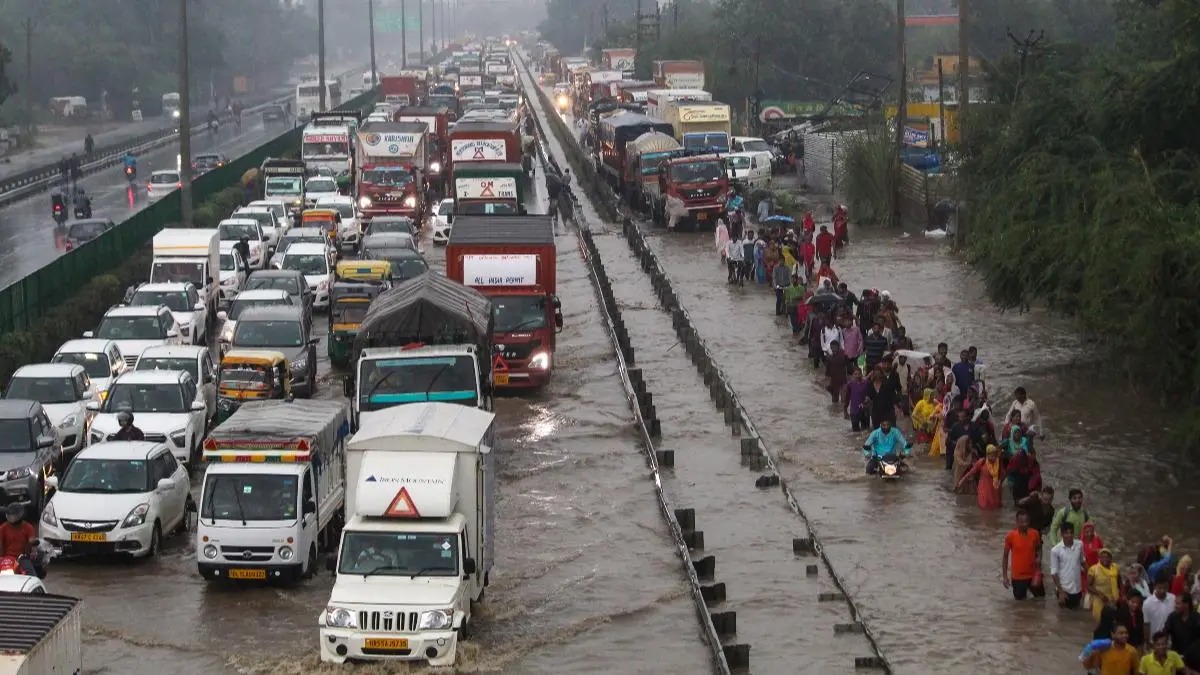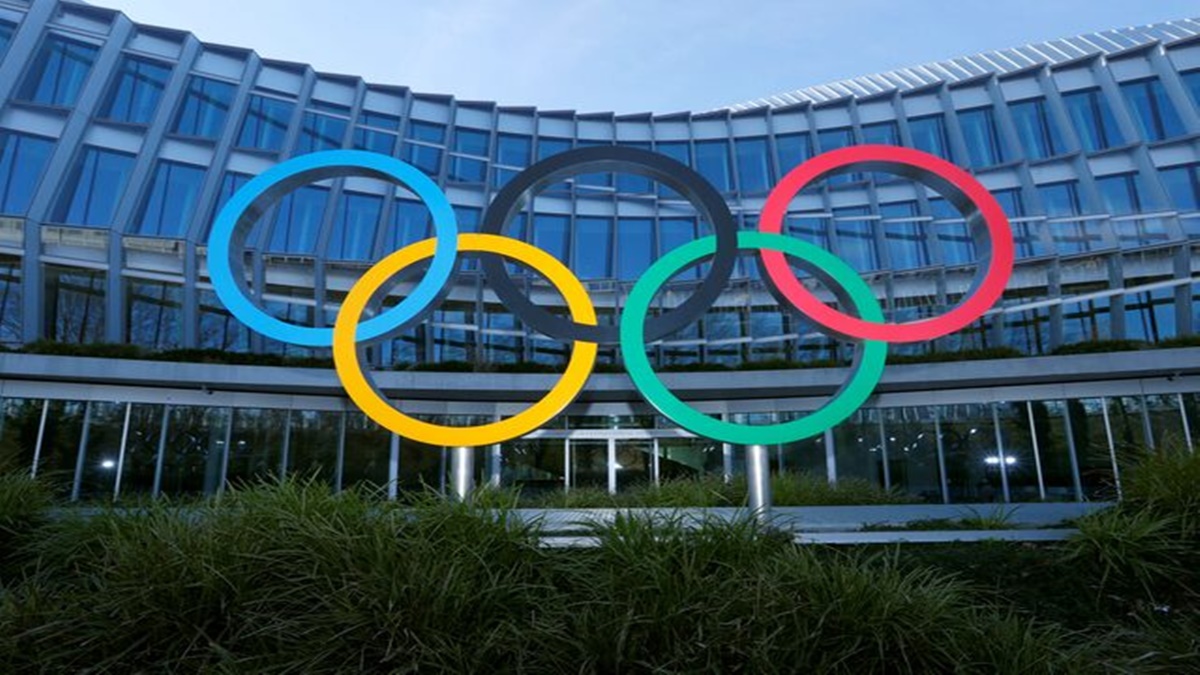 Image Source: UrbanAcres
Image Source: UrbanAcres
The National Capital Region (NCR) awoke on August 3, 2025, to the unmistakable sounds of pounding monsoon rain, marking yet another chapter in a season defined by relentless showers, cooler temperatures, and mixed relief and chaos for millions of residents.
Intense Rains Offer Respite from Sweltering Humidity
After days of oppressive heat and sticky humidity, the latest spell of monsoon rainfall delivered much-needed comfort to Delhiites. Temperatures dipped below the August average; according to the India Meteorological Department (IMD), maximums hovered between 30°C and 34°C, while minimums dropped to a refreshing 24–26°C, both a few degrees below normal. Overnight rain and cloudy skies extended into the morning, ensuring that most of the city experienced a rare break from the humid discomfort that had gripped the region for weeks.
Meteorologists have credited the persistent showers with reshaping Delhi’s weather profile this summer. Not only has the rainfall helped neutralize the muggy conditions, but it has also substantially improved air quality. Data from the Central Pollution Control Board revealed the city’s average Air Quality Index (AQI) for July was just 79—classified as ‘satisfactory’ and the cleanest in more than a decade.
Heavy Rains Cause Widespread Waterlogging and Disruptions
Yet, the heavy rainfall was a double-edged sword. As torrents continued through the early hours and into Sunday, prominent localities across Delhi and adjoining NCR—including Connaught Place, Minto Bridge, Sarojini Nagar, AIIMS, Janpath, Lajpat Nagar, Vijay Chowk, and major stretches in Gurugram, Noida, and Ghaziabad—reported severe waterlogging. Viral videos on social media captured scenes of vehicles wading through knee-deep water, pedestrians struggling to traverse submerged streets, and traffic brought to a near standstill. Safdarjung Hospital once again saw its corridors inundated, echoing images from earlier rain events this season.
Surveys indicated that more than 80% of NCR residents had experienced direct disruptions due to waterlogging in the past two months. Residents faced vehicle damage, prolonged commutes, and loss of productivity. Many attributed these challenges to longstanding gaps in urban drainage and civic preparedness—a point that reignited the annual blame game between local authorities.
IMD Alerts and Ongoing Forecast
The IMD had issued orange and red alerts across Delhi-NCR earlier in the week, cautioning of “intense to very intense spells of rain” accompanied by possible thunderstorms, lightning, and gusty winds up to 40kmph. The department advised citizens to avoid unnecessary travel and watch for updates, as waterlogging and reduced visibility were expected to persist throughout the day followed by more showers in the coming days. Airlines and city traffic police issued advisories, with commuters advised to check for delays and carry rain protection.
Despite the chaos, the overall outlook remained positive for both public health and the environment. The monsoon’s cooling effect and pollutant washout meant that residents enjoyed cleaner, fresher air, even as they navigated overflowing streets. The pleasant weather is forecast to linger through the week, with continued clouds and mild showers likely to keep Delhi cooler and less polluted.
A Tale of Two Monsoons
This monsoon has, in many ways, proved to be both city’s scourge and savior: it has tested urban resilience while refreshing a fatigued metropolis gasping for cooler air and clearer skies. As infrastructure battles the downpour and authorities pledge greater vigilance, Delhiites can hope for lasting lessons in preparedness even amidst this cool, rain-soaked respite.
Relevant Sources: DD News, CNBCTV18, Business Today, Times of India, Prabhat Khabar, Telangana Today, TheNewsMill, Indian Express, LocalCircles & Business Standard Surveys, NDTV, IndiaTV News
Advertisement
Advertisement




